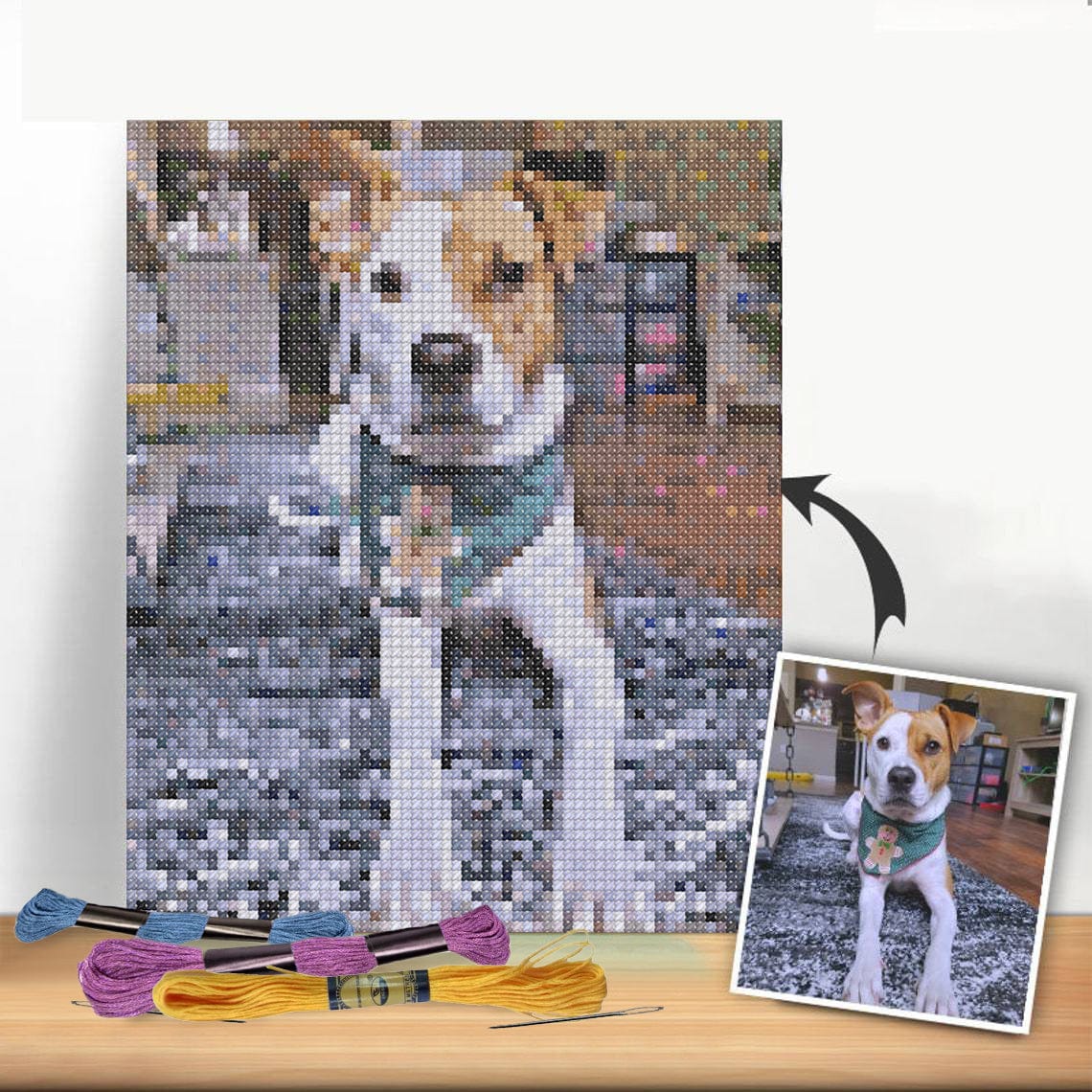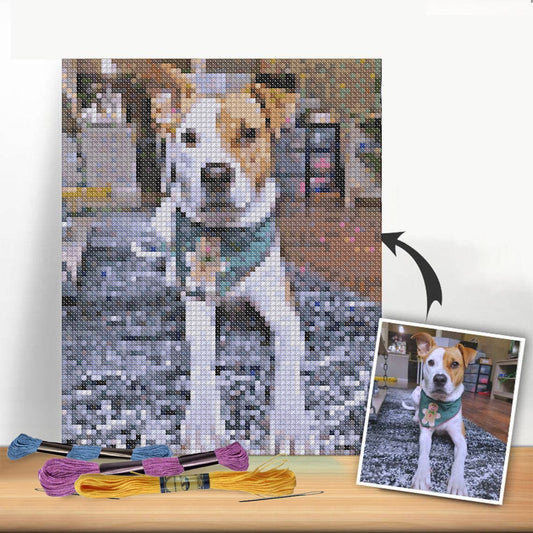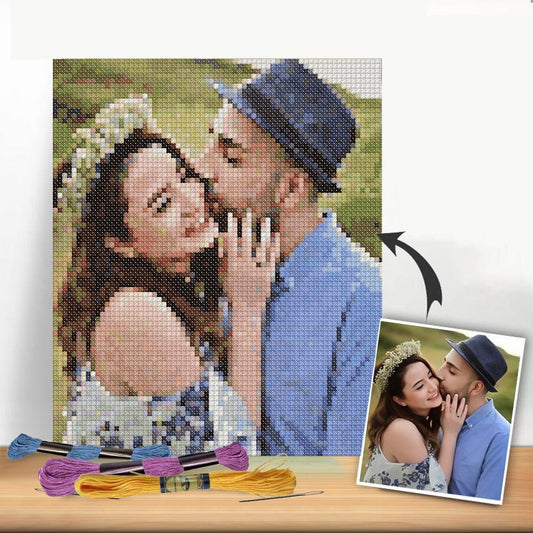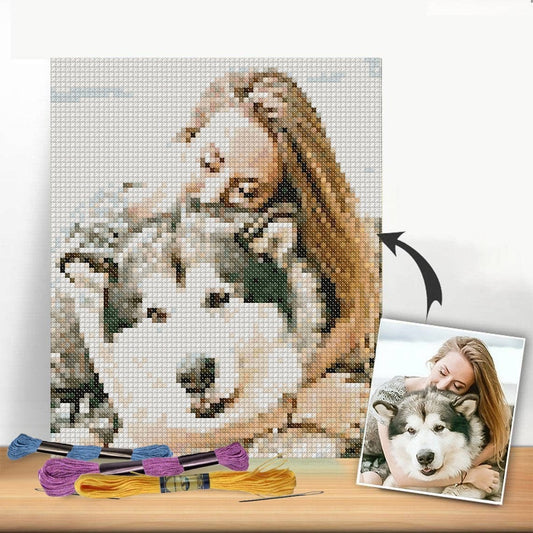Introduction
When it comes to cross-stitching, choosing the right needle is essential for a smooth and enjoyable stitching experience. The perfect needle can help you create intricate designs with ease and precision. In this guide, we will explore everything you need to know about threading the needle - from selecting the right size to understanding the different types of needles available.
Size Matters
The first step in choosing the perfect cross-stitch needle is determining the right size for your project. Needles come in various sizes, ranging from very fine to thick. The size of the needle you choose will depend on the fabric and thread count of your project. A smaller needle is ideal for finer fabrics with a higher thread count, while a larger needle is better suited for heavier fabrics with a lower thread count.
Types of Needles
There are several types of cross-stitch needles available, each designed for specific purposes. The most common types include tapestry needles, sharps needles, and ballpoint needles. Tapestry needles have a blunt tip and a large eye, making them ideal for working with embroidery floss and larger fabrics. Sharps needles have a pointed tip and a small eye, making them perfect for working on finer fabrics. Ballpoint needles have a rounded tip, making them ideal for working on knit fabrics.
Metal vs. Plastic
When it comes to cross-stitch needles, you have the option of choosing between metal and plastic needles. Metal needles are durable and long-lasting, making them ideal for heavy-duty stitching projects. Plastic needles, on the other hand, are flexible and lightweight, making them perfect for delicate fabrics. Ultimately, the choice between metal and plastic needles boils down to personal preference and the specific requirements of your project.
Caring for Your Needles
Proper care and maintenance of your cross-stitch needles are crucial for ensuring their longevity and performance. To keep your needles in top condition, it is recommended to wipe them clean after each use and store them in a needle case or container. Avoid bending or twisting your needles, as this can cause them to break or become misshapen. Additionally, it is a good idea to periodically sharpen your needles using a needle sharpener to maintain their sharpness and precision.
Conclusion
Threading the needle is a vital aspect of cross-stitching, and choosing the right needle can make a world of difference in the quality of your finished project. By considering factors such as size, type, material, and maintenance, you can ensure that you have the perfect needle for all your cross-stitching needs. Happy stitching!




